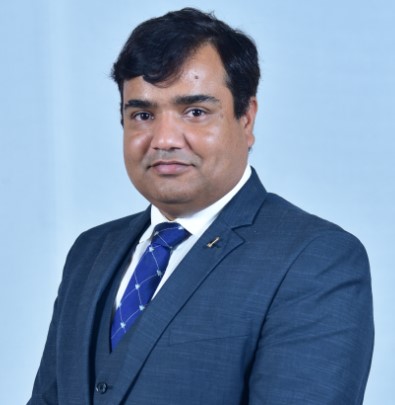More small business loans — and why they matter
by Anup Singh
Nov 8, 2013
3 min
Why is it difficult for MSMEs to get financing to grow their businesses? Here the author explains the challenges MSMEs face with business loans across geographies.
MicroSave recently completed a research study on MSMEs (micro/small/medium-size enterprises) in Uganda, and the dilemmas most face with regard to financing and capital management. And these dilemmas are by no means unique to Uganda.
Small businesses have long been, it would seem, the darling of microfinanciers, the international donor community, and others interested in supporting the growth of developing economies. “MSMEs and microfinance” yields 700,000 Google results—everyone, from the Aga Khan Foundation to the Asian Development Bank to business schools on every continent, is studying the needs and investment potential for this particular segment. MSMEs are also the principal employers in most emerging markets and contribute significantly to both GDP and GNP.
So why is it so very difficult for most of them to get bank and other financing to expand and grow their businesses? In both Asia and Africa, our research shows that financial institutions fulfil only 9-20% of these needs. Most MSMEs rely most of the time on self funding, borrowings from friends and family, supplier credit, and other informal credit sources.
One reason, of course, is encroaching globalisation. For years, India has protected the local corner Kirana (mom and pop store) shop from foreign “big box” competitors, and Prime Minister Manmohan Singh’s decision last November to ease those protections in favour of the large-scale efficiencies Walmart and other global retailers offer remains highly controversial. This is an issue all policy makers in comparable economies debate as multinational chains, whose business depends on volume, turn eagerly to the untapped and ever-growing markets in the South and East.
This isn’t the only problem MSMEs face, however. Our work in Uganda and Rwanda, and MicroSave’s focus on small businesses in many other locales, reveal that segmentation—or lack thereof—is also a strong deterrent to financing. Often lumped together as one type of business, albeit highly diverse, MSMEs are seen as homogenous – they are not. High level and general categories that we have analysed in these two countries, for example, include:
- Wholesale and retail trade–food, beverages, clothes, stationery
- Manufacturing–wood and metal-related
- Restaurants and hotels
- Education—schools
- Health–pharmacies and clinics
Manufacturing obviously has little overlap with restaurants in terms of financing. And clinics and schools fall into a completely separate category from the others on this list—although both emerge as high-growth, promising sectors in this part of Central and East Africa. Further segmentation includes, of course, size (“medium” means up to 250 employees in some countries and only 50-70 in others, according to the OECD) and revenues.
The principal risks—competition, employee capability, market downturns, weather in the agricultural segment—also have a very different impact on an enterprise of less than 10 employees in a remote, rural area from 50+ employees in heavily trafficked urban neighbourhoods. Segmentation helps the financial institution to transform what is otherwise heterogeneous MSME market into more identifiable groups, and to develop products and services that meet their specific needs. A financial institution that has insights into the segments and understands their business requirements, can engage more effectively with the prospective market. It can develop staff with specialised knowledge of the opportunities and challenges associated with specific segments allowing better informed and more robust lending decisions.
At least one Ugandan bank manager agrees. “In the past, we had not looked at the market from the perspective of segments and hence we were approaching any and every MSME in the same way, “ he told us. “What we have learnt is that the segmentation approach helps us to identify the needs in detail, develop products accordingly, and customise the [credit] processes for each segment.”
In Rwanda, still primarily an agricultural economy, the MSME segments noted above nevertheless comprise 62% of the country’s GDP – the estimated value these employees contribute to the total worth of production and services.
This is unlikely to change soon in most large and small developing countries—with or without the encroachment of Starbucks, McDonald’s, Wal-Mart, France’s Carrefour, or South Africa’s Shoprite. Infrastructure, including power and telecommunications, remain too unreliable, and legal vagaries such as land ownership and taxation are too uncertain, for most conglomerates to be moving beyond the “exploratory phase” at present.
In the meantime, MSMEs need more capital to help support their local economies. We look forward to more progress in Uganda, Rwanda, and other countries where small businesses are still an integral and potentially flourishing part of their nations’ growth.
Written by

 by
by  Nov 8, 2013
Nov 8, 2013 3 min
3 min
Leave comments